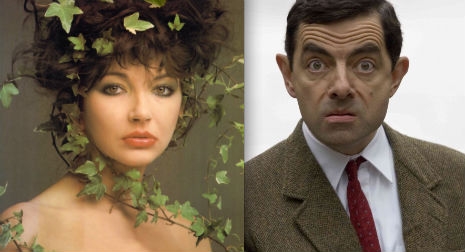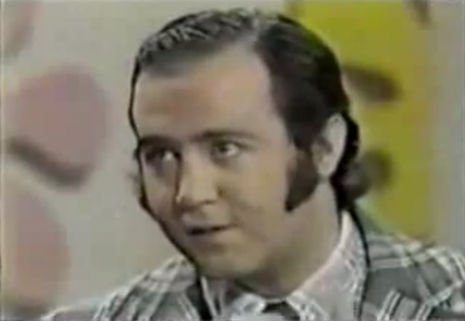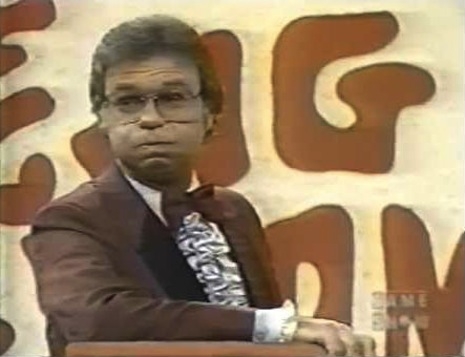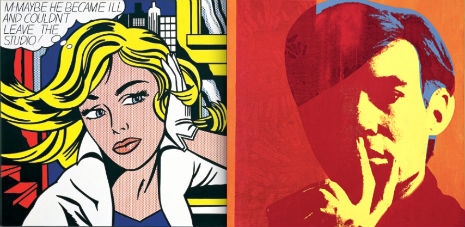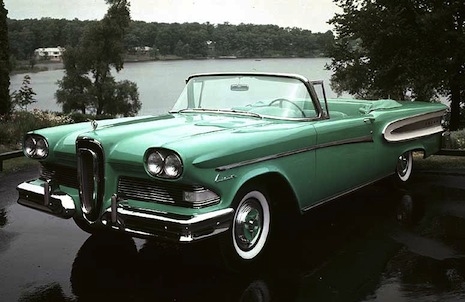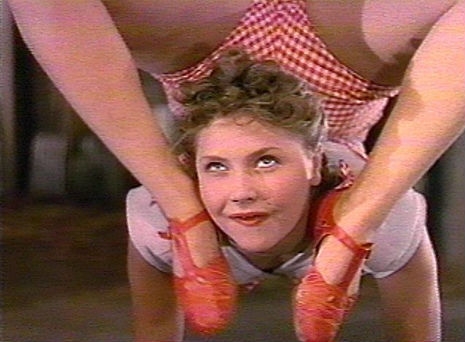
Apparently yesterday’s “Cyber Monday”—a great American tradition, right?—was the single biggest online shopping day “in history.” (That’s how it’s being reported this morning, with a straight face). As someone who positively loathes the holiday season, the rampant consumerism, the hoards of mindless shoppers and all the rest of it, I think I have something DM readers might be interested in, and even if it’s not exactly your thing per se, it still might make a seriously rockin’ gift for someone you know. Especially for someone who really hates Christmas…
First off, to show you how objective my opinion truly is, I didn’t even know this book existed until it arrived in the post on Saturday. I did not seek it out. Secondly, it’s not on a topic that really tends to interest me all that much, either. But there it was, right in front of me. It was weighty to hold and a quick perusal said “definitive” to me loud and clear, obviously an attractive quality in a book. It looked interesting. It appeared to be very comprehensive. It’s a nicely produced object, too. It was calling out—in a voice that sounded oddly just like Mercedes McCambridge’s—“Read me, read me,”
It was thus that I promptly dropped whatever it was that I was doing and spent most of the day Saturday and part of Sunday between the covers of Black Metal: Evolution of the Cult by Dayal Patterson (Feral House). It’s a fascinating overview of Black Metal written by a seriously otaku expert on the genre. At nearly 500 pages, it’s instantly the defining book on Black Metal, even a kind of minor masterpiece of the rock book form, featuring dozens of interviews with the luminaries (would that be the right word?) of the Black Metal scene. I got totally lost in it. I mean, hey, who doesn’t like books on extremist musical sub-cultures?
I got something from this book that I didn’t get from Didrik Søderlind and Michael Moynihan’s Lords of Chaos—which was more the tale of the church burnings, suicides, murder and general mayhem of the Norwegian Black Metal scene. Lords of Chaos, a classic in its own right, was a sociological examination of Black Metal, even a bit of a “true crime” book, whereas with Black Metal: Evolution of the Cult, I came away with a list of albums that I had to hear. NOW.
My idea of what Black Metal sounded like, frankly had a lot to do with the personalities and the criminal incidents that many writers have focused on. I had never really listened to it, just read about it. What was presented to me, well, it just struck me as idiocy—drunken Viking idiocy mixed with a healthy dollop of goofy Lord of the Rings playacting and blasphemy. Blasphemy? Really guys? Blasphemy was kinda cool when John Lydon or Crass did it, but the idea of a bunch of Venom-obsessed Vikings on a bender singing about how they hate God and worship “evil” and stuff just struck me as something I’d never be interested in listening to in a million years.
I’m not saying this is necessarily accurate—it’s partially accurate to be sure—but it’s the idea that I had of the genre. All very interesting from a sociological perspective, but when I read Lords of Chaos, I didn’t rush out looking for any of the music. After finishing Black Metal: Evolution of the Cult, I couldn’t wait to hear some.
Thank you, Internet. The first thing I listened to—and I turned this shit up so loud it felt like there was wind in the room—was Mayhem’s 1994 album, De Mysteriis Dom Sathanas, an iconic album generally agreed upon as one of the pinnacles of the Black Metal art form, an unholy grail if you please. Owing to the fact that to describe this music with adjectives like “Satanic” or “evil” would be utterly pointless when you can just hit play, crank this as loud as your speakers can possibly go, or right at the pain threshold if you’re wearing headphones.
Holy shit, right? Two of the members of this band were dead before this album even came out. One was the vocalist, a fellow called “Dead” who blew his head off with a shotgun, the other was the guitarist, “Euronymous” who was killed by the former bass player, Varg Vikernes, AKA “Count Grishnackh.”
Vikernes, who spent years in prison for the murder (and who has been in the news again recently for inciting racial hatred and glorifying war crimes) released this utterly demented one-man band album, Filosofem, under the name Burzum. I’m not endorsing this guy’s repulsive political views in any way (or that he named himself after an orc from Tolkien), but Filosofem, like De Mysteriis Dom Sathanas, is an utterly mind-boggling work of art. It’s music that feels like it’s devouring you. It probably helps not to understand what he’s singing…
In any case, you can see what kind of fun I had with Black Metal: Evolution of the Cult. To me, there’s no gift better than new music, or a book like Black Metal: Evolution of the Cult that draws back the curtain on a musical genre perhaps previously overlooked, providing plenty of grist for the rock snob mill. Am I likely to become a raging middle-aged Black Metal fan? That’s perhaps a little far-fetched, but as I fan out through some of the groups that seem the most interesting according to the author, I’m liking what I hear. I think most serious music fans who would get this book as a gift would appreciate it as much as I have. It’s a winner, one of those books that leads to further (rewarding) discovery. I really can’t recommend Black Metal: Evolution of the Cult highly enough.
Below, Burzum’s closest thing to a single, “Dunkelheit,” the epic opening track from Filosofem. How the fuck did something like this ever get on VH1???












